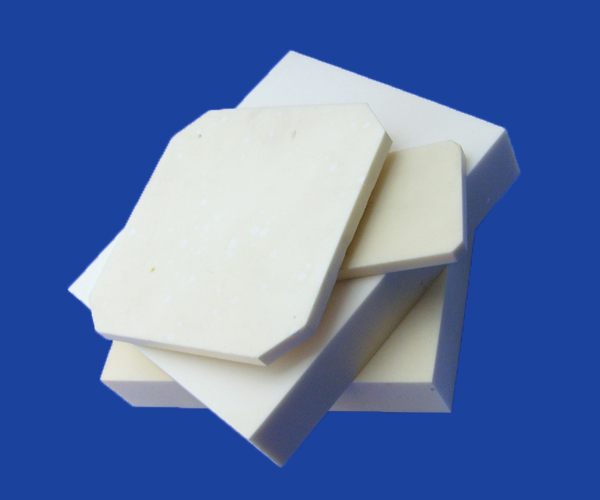

In particular, these materials have many connective pores and capillary holes and have high specific surface energy on the inside, so they perform well in terms of filtration and adsorption under low fluid resistance loss conditions. Ĭeramic foam is an important part of porous ceramics, and the open-cell type of ceramic foam, which is a new type of highly porous ceramics, has a three-dimensional, reticulated structure with connective pores, resulting in great specific surface area, high fluid contact efficiency, and a small loss of fluid pressure. In light of the differences among their materials, there are several types of porous ceramics: silicate aluminosilicate diatomite carbon corundum silicon carbide and ocordierite.

This classification standard has not been adopted abroad because the rules about using porous materials vary widely from country to country. Macroporous material, for pore sizes over 50 nm Mesoporous material, for pore sizes of 2–50 nm Microporous material, for pore sizes of less than 2 nm Porous ceramics also can be classified according to the size of their pores, as follows : By properly matching the ceramic raw material to the preparation technique, porous ceramics may be created that have relatively high levels of mechanical strength, corrosion resistance, and stability under high temperatures that can satisfy the demands of severe conditions. These porous structures take on a relatively low level of bulk density and thermal conductivity, as well as varying levels of fluid penetrability which is high for the open-cell body. In addition, there are half open-cell ceramic foams.Īpparently, some ceramic foams have both open and closed pores. The distinction between the two types depends on whether the pore is enveloped by solid cell walls or not. Such differences can be clearly seen by comparing the fluid penetrability of these two sorts of foamed bodies. When pores are separated by solid cell walls, the closed-cell ceramic foam will be achieved. When the solid species constituting the foamed body is comprised only of pore struts, the connective pores will generate reticulated structures, resulting in open-cell ceramic foams. There are two sorts of ceramic foam: the open-cell, reticulated ceramic foam ( Figure 1.16a) and the closed-cell, bubblelike ceramic foam ( Figure 1.16b). Three-dimensional ceramic foams: (a) an open-cell reticulated ceramic foam, (b) a closed-cell bubblelike ceramic foam.


 0 kommentar(er)
0 kommentar(er)
